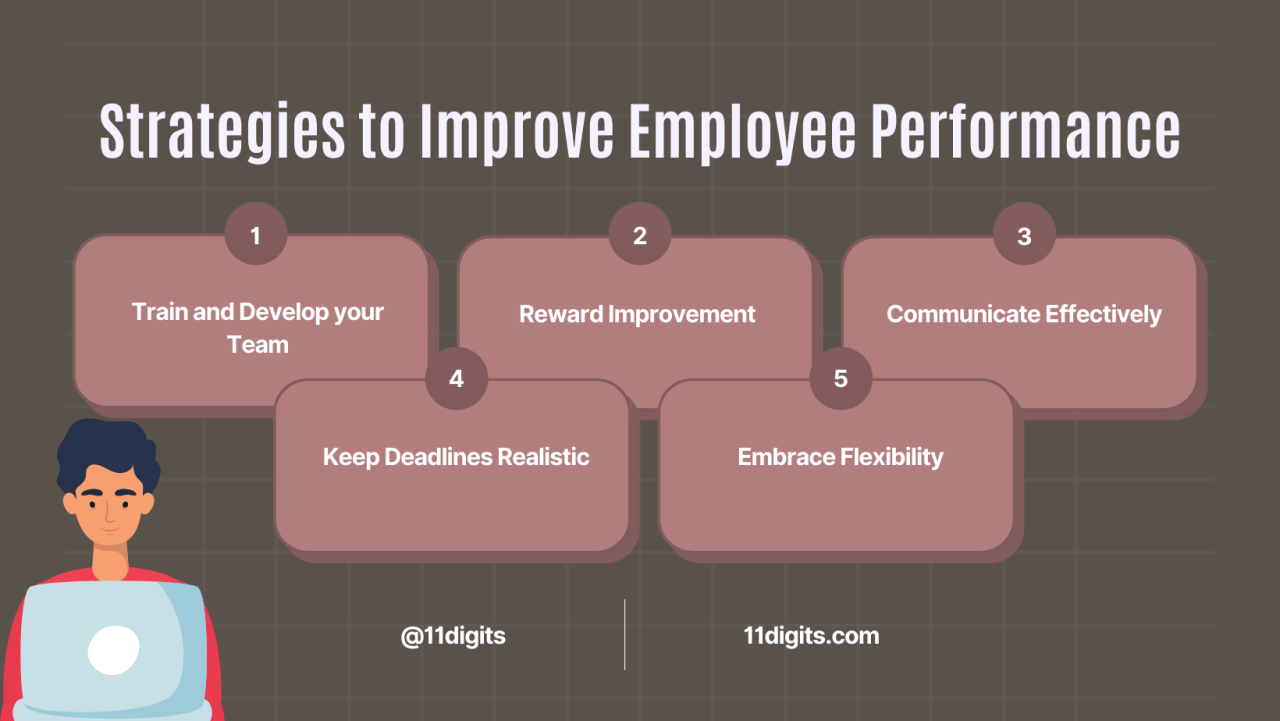Effective Organizational Change Management Strategies
Effective organizational change management strategies are crucial for any company looking to thrive in today’s dynamic business landscape. By implementing the right strategies, organizations can adapt, grow, and stay ahead of the curve. Let’s delve into the key components and tactics that can drive successful organizational change.
Importance of Effective Organizational Change Management Strategies
Effective organizational change management strategies play a crucial role in the success and sustainability of businesses in today’s dynamic environment. These strategies are essential for helping organizations navigate through transitions, embrace innovation, and stay competitive in the market.
Enhancing Adaptability
One of the key reasons why effective change management strategies are important is their ability to help organizations adapt to evolving environments. By implementing structured processes and clear communication channels, companies can smoothly transition from old practices to new ones, ensuring minimal disruption and maximizing productivity.
Success Stories
- Microsoft: The tech giant successfully implemented a change management strategy during its shift from a software-focused company to a cloud-first organization. By engaging employees at all levels, providing training, and fostering a culture of continuous learning, Microsoft was able to drive innovation and growth.
- Procter & Gamble: P&G’s turnaround in the early 2000s is a testament to the power of effective change management. The company revamped its product portfolio, streamlined operations, and invested in research and development, leading to increased market share and profitability.
- IBM: IBM’s transformation from a hardware-centric company to a service-oriented business is another example of successful change management. By restructuring its business model, focusing on emerging technologies, and empowering employees to embrace change, IBM positioned itself as a leader in the digital age.
Key Components of Effective Change Management Strategies

Effective change management strategies are crucial for organizations to navigate through transitions successfully. Let’s explore the key components that contribute to the success of change management initiatives.
Role of Leadership in Driving Change
Effective leadership plays a pivotal role in driving change within an organization. Leaders need to set a clear vision for the change, inspire and motivate employees, and lead by example. They should also communicate the rationale behind the change, address any concerns, and actively involve employees in the change process. By demonstrating commitment and support, leaders can create a culture that embraces change and fosters innovation.
Importance of Communication in Change Management Initiatives
Communication is an essential component of successful change management initiatives. It is important to clearly communicate the reasons for the change, the expected outcomes, and the impact on employees. Open and transparent communication helps build trust, reduces resistance to change, and ensures that employees are informed and engaged throughout the change process. Effective communication channels, such as town hall meetings, emails, and feedback mechanisms, should be utilized to keep employees informed and involved.
Strategies for Overcoming Resistance to Change: Effective Organizational Change Management Strategies
In any organizational change initiative, resistance is a common challenge that needs to be addressed effectively. Understanding the reasons behind this resistance and employing appropriate strategies can help navigate through this hurdle smoothly.
Common Reasons for Resistance to Change, Effective organizational change management strategies
- Fear of the unknown: Individuals may resist change because they are unsure of how it will impact them personally.
- Loss of control: Change can make employees feel like they are losing control over their work environment or processes.
- Past experiences: Negative experiences with previous changes can lead to skepticism and resistance.
- Disruption to routine: Change often disrupts established routines and habits, causing discomfort.
Tactics to Address Resistance
- Communication: Transparent and frequent communication about the reasons for change and its benefits can help alleviate resistance.
- Involvement: Involving employees in the change process and seeking their input can make them feel more invested and less resistant.
- Training and support: Providing adequate training and support to help employees adapt to the change can reduce resistance.
- Addressing concerns: Actively listening to and addressing the concerns and feedback of employees can help address resistance effectively.
Examples of Organizations Managing Resistance Effectively
- Google: During a major reorganization, Google effectively managed resistance by involving employees in the decision-making process and providing thorough communication about the reasons behind the change.
- Apple: Apple has successfully navigated resistance to change by emphasizing the benefits of innovation and creativity, creating a culture that embraces change rather than resisting it.
Implementing Change Management Plans
Effective implementation of change management plans is crucial for the success of organizational transformations. It involves a systematic approach to introducing and managing change within an organization. This process ensures that the desired outcomes are achieved, and the impact on employees and stakeholders is minimized.
Developing and Implementing a Change Management Plan
Developing and implementing a change management plan involves several key steps:
- Identifying the need for change and defining clear objectives.
- Creating a detailed plan outlining the timeline, resources, and responsibilities.
- Communicating the plan to all stakeholders and gaining their buy-in.
- Implementing the plan gradually, monitoring progress, and making adjustments as needed.
- Evaluating the outcomes and capturing lessons learned for future changes.
Importance of Involving Stakeholders
Involving stakeholders throughout the change process is essential for successful implementation. It helps in:
- Gaining support and buy-in from key players in the organization.
- Ensuring that the needs and concerns of all parties are addressed.
- Fostering a sense of ownership and commitment to the change.
Monitoring and Evaluating Effectiveness
To monitor and evaluate the effectiveness of change management plans, consider the following tips:
- Establish clear metrics and KPIs to measure progress and success.
- Solicit feedback from employees and stakeholders at different stages of the change process.
- Regularly review and assess the impact of the changes on performance and productivity.
- Adjust the plan as needed based on feedback and evaluation results.
Quick FAQs
Why is it important to have effective change management strategies?
Effective change management strategies ensure smooth transitions, increased adaptability, and overall success in evolving environments.
How can organizations overcome resistance to change?
By addressing common reasons for resistance, communicating openly, involving stakeholders, and sharing success stories of change management.
What role does leadership play in change management?
Leadership is crucial in driving change, inspiring teams, setting the vision, and ensuring alignment throughout the organization.






